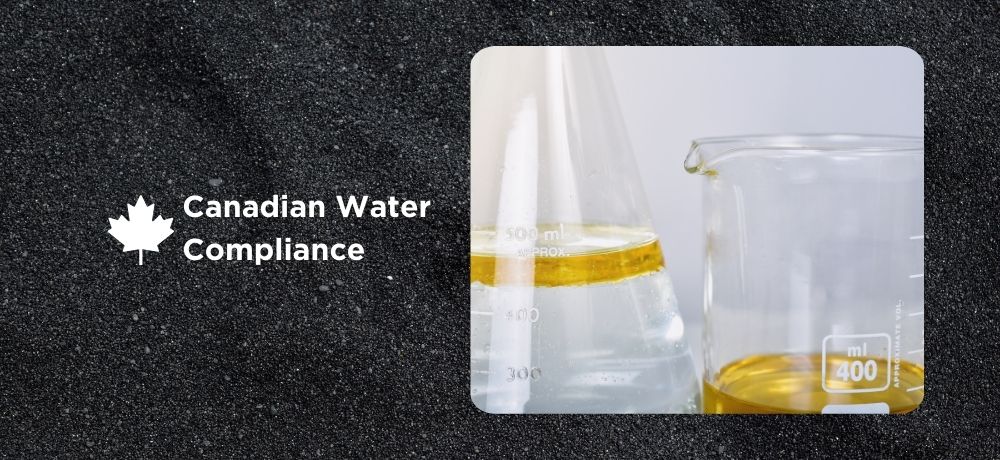When it comes to water quality, one contaminant that often goes overlooked is oily residue. This term refers to the presence of oils, greases, and similar substances in water systems. While it may not seem like a significant issue at first glance, failing to test for and manage oily residue can lead to severe consequences for businesses, public health, and the environment.
The Risks of Oily Residue in Water Systems
Oily residue can enter water systems from various sources, including industrial processes, food preparation, and stormwater runoff. When left unchecked, this contamination can cause a range of problems:
- Plumbing System Damage: As oily residue accumulates in pipes, it can lead to clogs, corrosion, and other structural issues. Over time, this can result in costly repairs or even complete system failures.
- Environmental Harm: When oily residue makes its way into waterways, it can have devastating effects on aquatic ecosystems. It can suffocate fish, smother plant life, and disrupt the delicate balance of these environments.
- Regulatory Violations: Many jurisdictions have strict limits on the levels of oils and grease that can be discharged into sewer systems or natural water bodies. Exceeding these limits can result in hefty fines and legal consequences for businesses.
- Wastewater Treatment Disruption: High levels of oily residue can interfere with the effectiveness of wastewater treatment processes, leading to inadequately treated water being released into the environment.
The Importance of Regular Oily Residue Testing
Given the significant risks associated with oily residue in water systems, regular testing is essential for businesses and properties. Here's why:
- Early Detection: Routine testing allows for the early identification of oily residue buildup, enabling proactive maintenance and cleaning before serious issues arise.
- Regulatory Compliance: By regularly testing and documenting oily residue levels, businesses can demonstrate compliance with applicable regulations and avoid costly penalties.
- Environmental Stewardship: Testing helps businesses monitor their environmental impact and take steps to minimize the release of oily residue into waterways, protecting aquatic life and water quality.
- Wastewater Treatment Optimization: By keeping oily residue levels in check, businesses can help ensure that wastewater treatment processes remain effective and efficient.
Implementing an Oily Residue Testing Program
To effectively manage oily residue in water systems, businesses should work with experienced water quality professionals to develop a comprehensive testing program. This typically involves:
- Identifying potential sources of oily residue contamination
- Determining appropriate testing frequencies based on risk factors and regulatory requirements
- Collecting and analyzing water samples using approved methods
- Interpreting test results and developing actionable recommendations
- Implementing necessary maintenance, cleaning, or treatment measures
- Documenting testing activities and results for compliance purposes
By investing in regular oily residue testing, businesses can protect their infrastructure, comply with regulations, safeguard the environment, and contribute to overall water quality. In today's world, responsible water management is not just a choice – it's a necessity. If you're looking to implement an oily residue testing program for your business, contact our experts. Our team of certified professionals is ready to help you navigate this critical aspect of water quality management.
